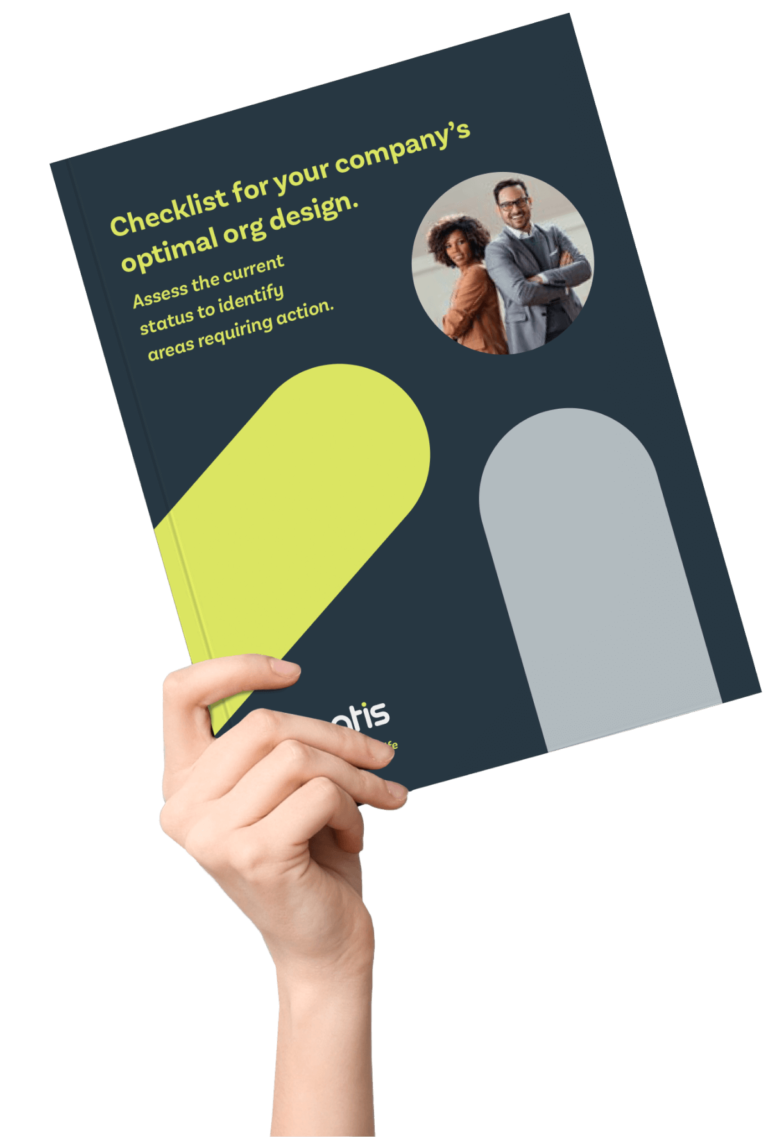Organizational Design, also known as Organizational Structuring, is a complex field that focuses on optimizing the structures, processes, and systems within an organization to enhance efficiency, effectiveness, and the achievement of strategic goals. In addition to numerous theoretical aspects, organizational design also has a tangible impact on employees’ daily work, as these approaches are intended to help make their company more competitive. That’s why we’re presenting some of the most frequently asked questions on this topic, along with practical tips on how to best address the associated challenges.






